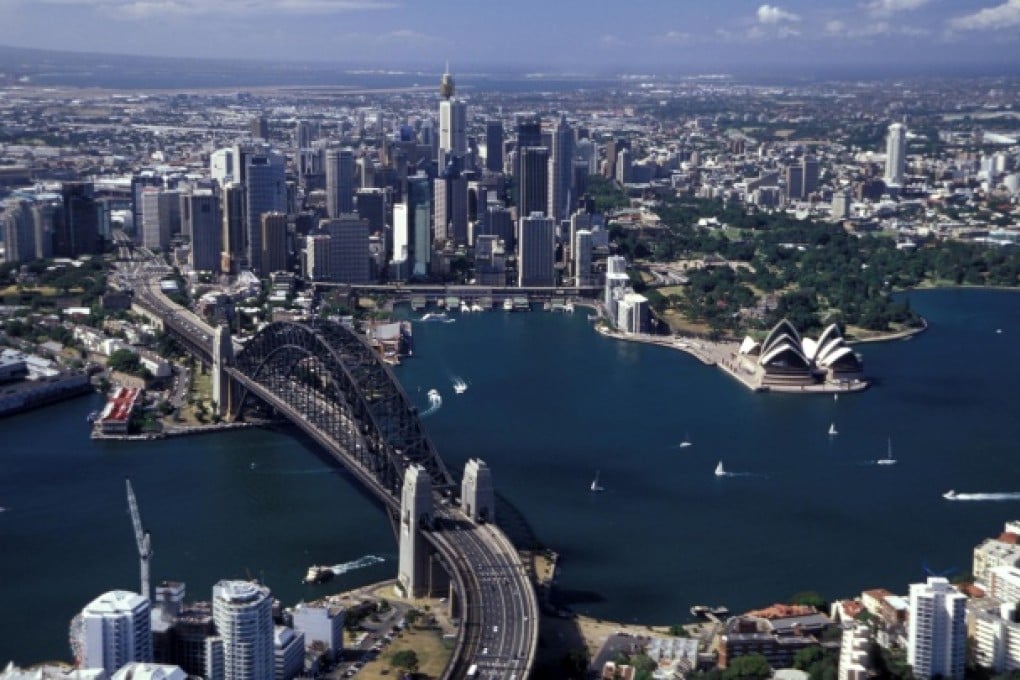Buyers swoop in on Sydney
Prices soar across the metropolitan area as low vacancy rates, affordable mortgages and overseas investors perpetuate demand, writes Peta Tomlinson

Sdney might be joining New York, London and Hong Kong as world cities with the most expensive housing. That's the Aussie buzz following a white-hot, late-autumn auction period, where even "a dilapidated terrace with rotting carpets and holes in the ceiling" was auctioned for A$800,000 (HK$6.01 million).
Not so long ago, a million dollars would buy a palace in Australia, but those days are gone. At the end of last year, there were 246 suburbs across Australia with a median house or unit value greater than A$1 million - over half of them in Sydney, according to RP Data.
Vacancy rates at near record lows across the metropolitan area, combined with successive interest rate drops, are spurring Sydneysiders into what agents describe as a buying frenzy. Auction clearance rates are regarded as an indicator of a healthy market and, according to Savills, they reached 78.6 per cent in May - a level not seen since September 2010.
Yet, even those underlying factors did not prepare the selling agent for the blow-out price achieved for the derelict house on a 125-square-metre block at 182 Denison St, Newtown. Before the auction, "no-one was talking above the mid-sixes", says Jonathan Viewey, of Raine & Horne Newtown. Six bidders on the day pushed the price well above the A$685,000 reserve.
A fully renovated property in this location, 3km from the central business district, close to the University of Sydney, a major hospital and sought-after schools, might cost around A$1.25 million, Viewey says. "Unrenovated properties here are in high demand - people like to create what they want," he says.
People also crave ready-built luxury. Sydney ranks in the top 10 cities in Savills' World Class Index of premier global property locations and, according to Tony Leong, of Savills Australia Asia desk, competitive bidding for properties over A$10 million is coming from local and international buyers. So far this year, one Point Piper property sold for over A$50 million, and two for more than A$30 million, with two of the buyers reportedly being Chinese, he says.